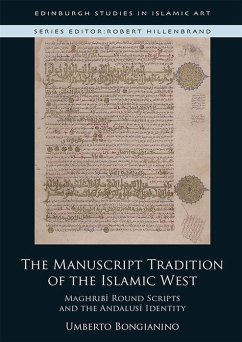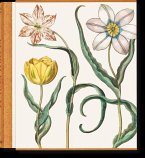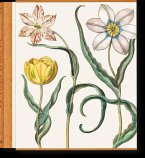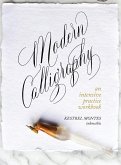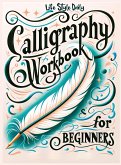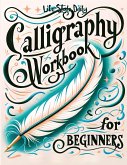Explores the aesthetic dimensions, cultural significance and ideological power of Maghribī manuscripts This book traces the history of manuscript production in the Islamic West, between the 10th and the 12th centuries. It interrogates the material evidence that survives from this period, paying special attention to the origin and development of Maghribī round scripts, the distinctive form of Arabic writing employed in al-Andalus (Muslim Iberia) and Northwest Africa. More than 200 dated manuscripts written in Maghribī round scripts - many of which have not previously been published and are of great historical significance - are presented and discussed. This allows for a reconstruction of the activity of Maghribī calligraphers, copyists, notaries and secretaries, and a better understanding of the development of their practices. A blend of art historical methods, palaeographic analyses and a thorough scrutiny of Arabic sources paints a comprehensive and lively picture of Maghribī manuscript culture - from its beginnings under the Umayyads of Cordova up to the heyday of the Almohad caliphate. This book lifts the veil on a glorious, yet neglected season in the history of Arabic calligraphy, shedding new light on a tradition that was crucial for the creation of the Andalusi identity and its spread throughout the medieval Mediterranean. Key Features Exposes the richness and sophistication of Maghribī manuscript culture, including parchment- and papermaking, calligraphy, illumination, bookbinding and chancery practices Approaches social and cultural history through the study of manuscripts as artefacts Shows that calligraphy and scribal practices were a key element in the construction of political and identity discourses Includes a comprehensive catalogue of 252 dated manuscripts in Maghribī round scripts (including Qur'ans and chancery documents), the majority of which are unpublished Lavishly illustrated with over 100 colour images Umberto Bongianino is Departmental Lecturer in Islamic Art and Architecture at the Khalili Research Centre, University of Oxford.
Hinweis: Dieser Artikel kann nur an eine deutsche Lieferadresse ausgeliefert werden.
Hinweis: Dieser Artikel kann nur an eine deutsche Lieferadresse ausgeliefert werden.

